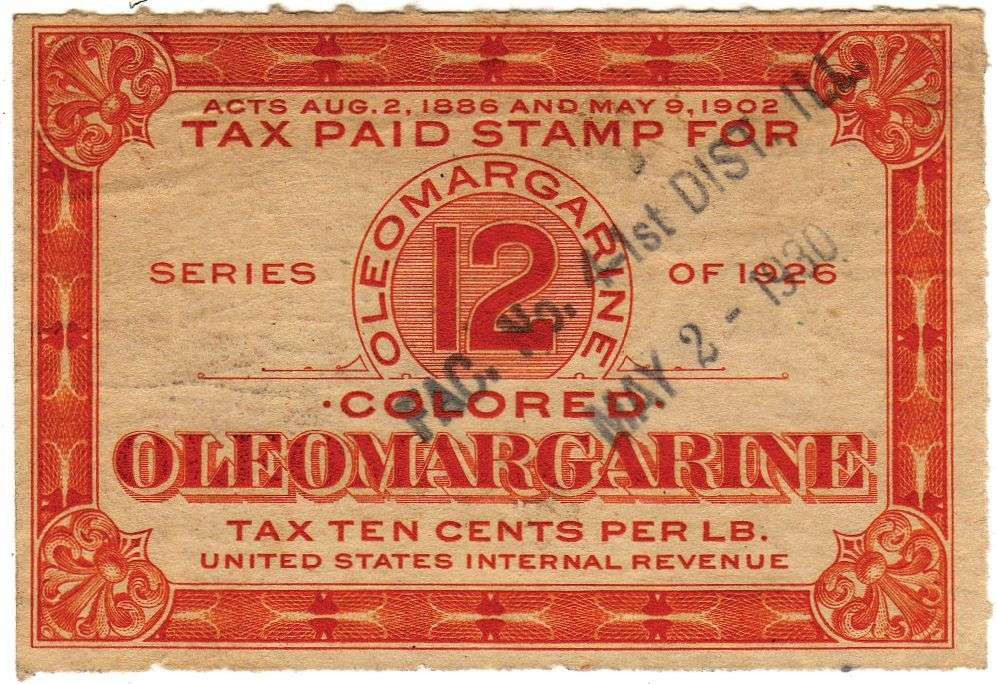- cross-posted to:
- [email protected]
- [email protected]
- cross-posted to:
- [email protected]
- [email protected]
cross-posted from: https://lemmy.world/post/27589038
Lol this one was great, thanks for sharing. My partner teaches physics and I do EE on the side, I like rubbing these in her face sometimes.
A 11.8 and a 13 in parallel is 6.1854838709677 which is 0.01% off from that resistance. Of course even using matched 1% would screw you as soon as someone opens the door.
You could get exactly 6.1854838709677 for an instantaneous moment by heating up a 6ohm resistor.
So you just need to figure out the precise amount of prewarming, then subsequently cooling in coordination with the circuit’s load to make sure it stays at the right temperature?
I’m too dumb for this joke
To a mathematician, pi is 3.1415926535897932384626433832795028841971693993
To an engineer, pi is 3
The joke is basically the same, since you get resistors in certain values, and it’s necessary to select the value closest to the one you need
To an engineer, pi is 3
No, to an engineer pi is 22/7, 355/113 if your tolerances are really tight. 3 is pi to a theologist, because that’s what the Bible uses.
I mean, depending on your calculations and scale, you might go a little more precise with it. At a diameter of, say, 10m for a semicircular bridge arc, that’s a difference of 0.7m.
(For mathematicians, the difference will be 0.00796m and then some I can’t be arsed to write out, but compared to the total arc of 15.7m, that’d be a deviation of 0.05% which is basically zero anyway)
Maybe round it up to 4 just to be safe…
deleted by creator
I think it’s a joke about physicists not understanding tolerances.
I remember hearing an old story about a company buying signs from a contractor. The contractor produced all kinds of things, so it was fairly straightforward to send them the CAD file and stop worrying about it. One manager did an audit, and realized they were paying hundreds of dollars each for these basic signs. They weren’t fancy or anything, and were just signs throughout the facility that got updated regularly. So why the hell were they paying so much for what should have been a simple print job?
After some investigating, the manager discovered it was because the company didn’t want to hire an artist to design the signs; They just had one of their engineers do it. And the engineer who did the design forgot to change their default tolerances from 3/1000 of an inch. So to comply with the order as written, the contractor was busting out calipers and meticulously measuring the spacing and sizing on each letter before it shipped out the door.
Damn, engineer time isn’t cheap either. Contractor was doing pretty well though
“Fuck, Jerry, this one is 2/1000 of an inch! Rerun the batch!”
Wouldn’t that be within tolerance of 3‰?
Fixed resistors
https://en.m.wikipedia.org/wiki/Resistor
The TCR of foil resistors is extremely low, and has been further improved over the years. One range of ultra-precision foil resistors offers a TCR of 0.14 ppm/°C, tolerance ±0.005%, long-term stability (1 year) 25 ppm, (3 years) 50 ppm (further improved 5-fold by hermetic sealing), stability under load (2000 hours) 0.03%, thermal EMF 0.1 μV/°C, noise −42 dB, voltage coefficient 0.1 ppm/V, inductance 0.08 μH, capacitance 0.5 pF.Quantum based resistors :
https://en.m.wikipedia.org/wiki/Quantum_Hall_effect
Quantum Hall effect →
Applications →
Electrical resistance standards :(…) Later, the 2019 revision of the SI fixed exact values of h and e, resulting in an exact
RK = h/e2 = 25812.80745… Ω.(this is precise to at least 10 significant digits)
Quantum Ampere Standard
https://www.nist.gov/noac/technology/current-and-voltage/quantum-ampere-standard
.
https://www.nist.gov/noac/technology/current-and-voltage(…) Quantum-based measurements for voltage and current are moving toward greater miniaturization (…)
(there also been research for defining a quantum based volt standard)
There is if you have a potentiometer and a steady enough hand!
U probably need a climate controlled box as well.
Can you even measure that accurately? Like is it physically possible?
Based on some rough calculations… no. A precision of 0.0000000000001 ohms is 1000x less than the resistance of 1um of copper with a diameter of 1cm (A piece of wire 10,000x wider than it is long). I’m sure a few molecules of air between your contact points would cause more noise in the measurement.
I thought it had to do with physicists working off theoretical calculations finding precise values for the circuit and not realizing that components come in discrete values.
Yeah, but they could just calculate the right mix of parallel and series discrete resistors to get there.
It’s gonna make a long BOM though.
Lol, I was actually going to add that but decided it would be too pedantic if I said it myself.
First of all, why are they in the chip aisle looking for resistors? Everybody knows they’re in the bread aisle…
He’s going to make potato chip resistors to get the right number of course.
Just count the ripples!
Careful, capacitors reduce ripples
If you’re breadboarding this, you’ve already lost
Ohm no !
What’s the significance of that number? It’s less than 0.1 away from tau, but somehow I doubt that’s it…
I can’t be arsed to check but I think it’s 2 pi which is useful when dealing with sine waves.
2 pi is tau, which is what I said it’s less than 0.1 away from, but still not equal to.
For me, it was this video. It came out shortly after I graduated high school, and though I was pretty good at maths, I struggled to really conceptualise the fundamental intuition behind trigonometric functions and the (polar) complex plane. Instead, I was relying on brute memorisation of the unit triangles. Learning about tau and how it relates just instantly caused everything to click with me.
That’s a fantastic video. I follow Numberphile but never saw this one, thanks for sharing.
I assumed the number is not significant, figure it’s just supposed to mock the idea that physicists don’t know what tolerances are.
An experimental physicist should know as far as I know meanwhile a real (theoretical) physicist would probably not even touch numbers that have those scary decimals.
A 6.2R in parallel with a 2.5K is pretty close.
Add in a 400k and you’re better than most tolerances you can find
This implies a physicist would do anything practical ever
Simple, all you need is a 6 ohm resistor and a 0.18457216 ohm resistor in series.
No just get a bunch in parallel!
And no spherical cows either??
That’s revolting.
Love how there are so many actual solutions in The comments
Bet they’re all engineers.
But not really. At this level of precision, the heat from electricity passing through it would throw off the actual resistance value.
I used to make shunt resistors out of a pencil and a piece of paper. Rub pencil all over paper, cut strips to size of required resistance.
EDIT: I mean megaohm resistors not shunt resistors. 20MOhm for DIY theramin.
This is exactly how high precision resistors are calibrated. A laser is usually used to notch out bits of the resistor to tune it after it’s made.
I made a potentiometer with paper and graphite clay once
Confuses me that anybody would downvote you for this. I’ve made makeshift capacitors out of rolled aluminum foil. It’s dumb, but it worked for what I wanted (triggering a trackpad via stepper motors for testing microcontroller code.) Plus I just wanted to see if it even worked. Life = science experiments.
I admire it but also…wtf lol
That’s cool, could you share some photos? The theramin I mean












